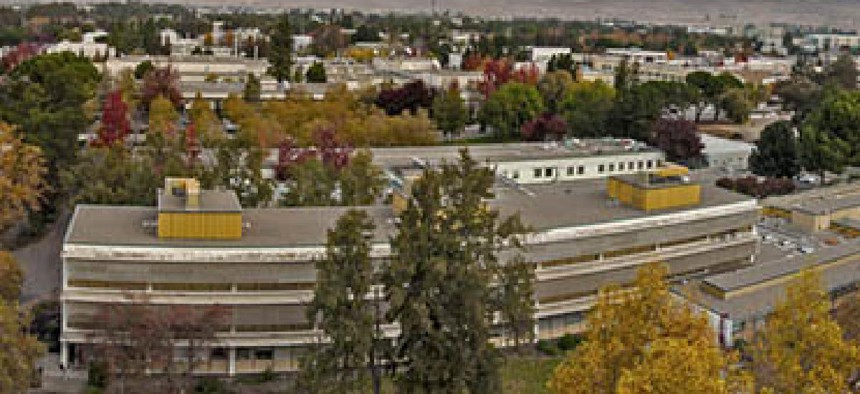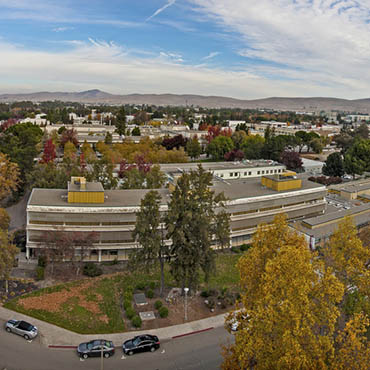Lab's data center efforts lauded

Lawrence Livermore National Lab's data center consolidation program won a Sustainability Award from the Energy Department.

Lawrence Livermore National Laboratory (llnl.gov)
Lawrence Livermore National Laboratory got a pat on the back for from its parent agency for its energy-saving data center consolidation efforts, earning an Energy Department Sustainability Award for closing more than two centers on its Livermore, Calif., campus.
The lab said its consolidation program, begun in 2011, has shuttered 26 data centers, representing 26,000 square feet of space, resulting in annual savings of $305,000 in energy bills and $43,000 in maintenance costs. LLNL defines a “data center” as a space with at least 500 square feet that contains one or more servers. When the consolidation effort began three years ago, the lab said it had more than 60 data centers scattered around the main LLNL site.
The lab's operational and business services managers in charge of the consolidation said shutting down the centers has other cost benefits, including eliminating the need to install and maintain electrical meters required by DOE’s sustainability program to monitor power usage across the institution. That alone, they said, resulted in savings of $348,000 and avoided more than $10 million in expenditures to support the centers. DOE requires that all LLNL data centers be metered by the end of this fiscal year.
LLNL said in a Jan. 20 statement that the collective space at the lab dedicated to data centers is called the Enterprise Data Center, or EDC, which consists of 15,620 square feet housing 2,500 mission critical science, engineering, computational research and business computing systems.
In addition to consolidating some 126 physical servers into the EDC, the lab said its operations team created 140 “virtual” servers that act as a kind of private cloud, in which virtual servers put unused CPU space on physical servers to work for multiple clients, reducing the number of physical servers needed in the EDC. One physical platform can be subdivided to create as many as 50 virtual servers.
The most recent data center effort, said the lab, represents the "low hanging fruit." Going forward, LLNL said it will embark on a broader institutional phase under DOE’s Better Building Challenge program to be led by Doug East, the lab's chief information officer. The Better Building Challenge is an LLNL partnership with DOE in which the lab commits to reducing the energy intensity of data centers by at least 20 percent within 10 years. DOE, it said, provides technical expertise, training, workshops and a repository of "best practices."


